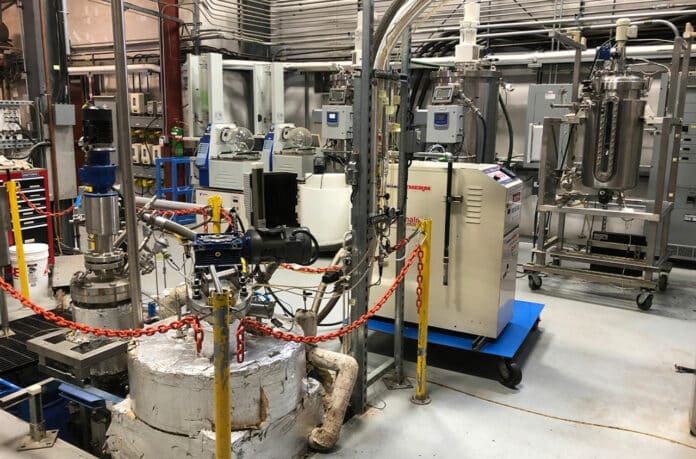Sewage sludge is not a sought-after product. About half of the wastewater treatment plants in the U.S. use anaerobic digestion to reduce this waste, but the process – in which microbes break down the waste – is inefficient. The leftover sludge, called biosolids, generally ends up in landfills. Wastewater treatment facilities also use large amounts of electricity to clean up municipal wastewater. They are often the largest user of electricity in a small community.
Now, a Washington State University research team has developed a new method to treat sewage that can efficiently convert leftover sludge to biogas. This new advance could help communities lower their waste treatment costs while helping the environment.
The team tested a pretreatment technology, adding an extra step to typical treatments and using oxygen-containing high-pressure steam to break down sewage sludges. Using this method, researchers converted more than 85% of the organic material to biogas, which can be used to produce electricity or upgraded to renewable natural gas (RNG) for the natural gas grid or for local use.
Researchers say adding the new pretreatment step improves the anaerobic conversion of sewage sludge at the wastewater treatment facility from the current less-than-50% conversion rate. Also, they produced 98% more methane overall compared to current practice.
“It was shown to be extremely efficient, and that’s very exciting,” said Birgitte Ahring, professor at the Gene and Linda Voiland School of Chemical Engineering and Bioengineering, who led the work. “This can be applicable and something we could begin to explore in Washington state. Not wasting waste but using its potential instead has major advantages.”
For their study, the WSU research team treated the sludge at high temperature and pressure with oxygen added before the anaerobic digestion process. The small amount of oxygen under high-pressure conditions acts as a catalyst that breaks down the polymers in the material.
“This is not a very high-tech solution,” Ahring said. “It’s actually a solution that can be useful even at a small scale. The efficiency has to be high, or else you cannot warrant adding the extra costs to the process.”
The team is now scaling up the work in their pilot facility located at WSU Tri-cities to further demonstrate the process. They are also studying how to efficiently convert biogas to more valuable renewable natural gas by a new bioprocess. While biogas can be used to produce electricity, producing renewable natural gas could allow rural communities to produce local transportation fuel for fueling their municipal vehicles.
Journal reference:
- Nalok Dutta, Anthony T. Giduthuri, Muhammand Usman Khan, Richard Garrison, andBirgitte K. Ahringa. Improved valorization of sewage sludge in the circular economy by anaerobic digestion: Impact of an innovative pretreatment technology. Waste Management, 2022; DOI: 10.1016/j.wasman.2022.09.035
